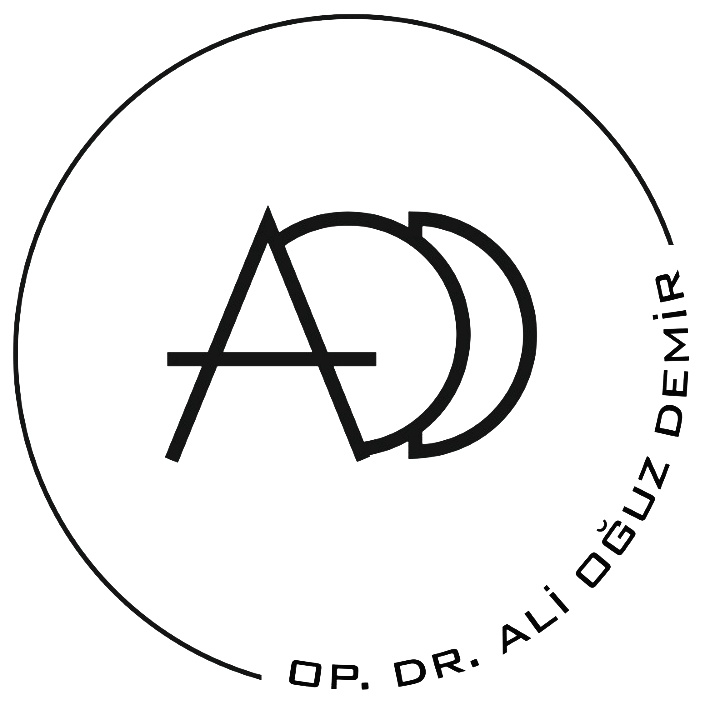Lip augmentation is an aesthetic intervention that aims to change the structure of tissues in the body. This procedure usually makes the lips look fuller, aesthetic and shaped.
In this aesthetic procedure, the doctor applies a certain amount of filler to the lips. This filler usually consists of substances such as collagen, hyaluronic acid or poly-L-lactic acid. These substances are naturally occurring substances in the body.
Who Can Have Lip Augmentation?
Lip augmentation is suitable for people who aim to make their lips look fuller and more shaped for aesthetic purposes.
In addition, this procedure can also be preferred by people who want to improve the appearance of the lips due to the congenital irregularity of the lips or the change in their shape over time.
How is Lip Augmentation Performed?
The lip augmentation procedure generally consists of the following steps:
First, the patient is examined by the surgeon and necessary examinations are performed. As a result of these examinations, the surgeon prepares a plan according to the patient’s needs.
The patient is then anesthetized and the lip area is cleaned.
The doctor applies a certain amount of filler to the lip area. This process is usually applied with the help of a needle.
The doctor adjusts the shape and size of the filler. The specialist then makes the lips look fuller and more shaped.
After the procedure is completed, a special bandage is applied to the lip area.
Things to Consider After Lip Augmentation
The things to be considered after lip augmentation are as follows:
It is normal for the lips to swell after the procedure. This may last for a few days. The result of lip augmentation can be seen clearly after a few days.
Moisturizing the lips after the procedure will help the healing process.
The lips should not be touched or pulled after the treatment. This will delay the healing of the lips and may also cause pain.
After the procedure, the instructions given by the doctor should be followed meticulously. These instructions will greatly help the lips to heal.
Direct sunlight should be avoided during this process.
